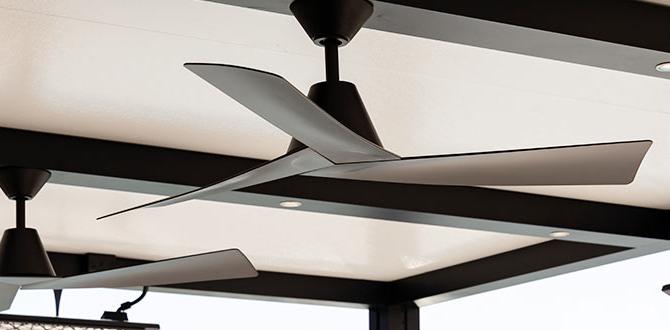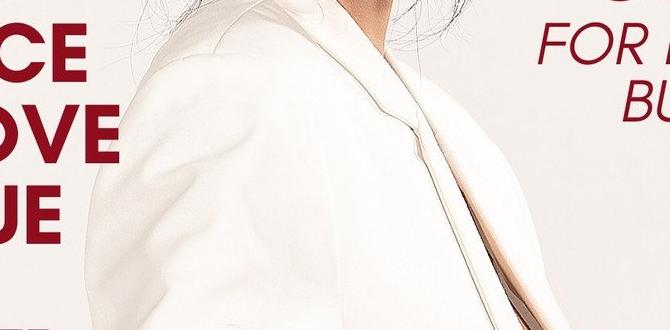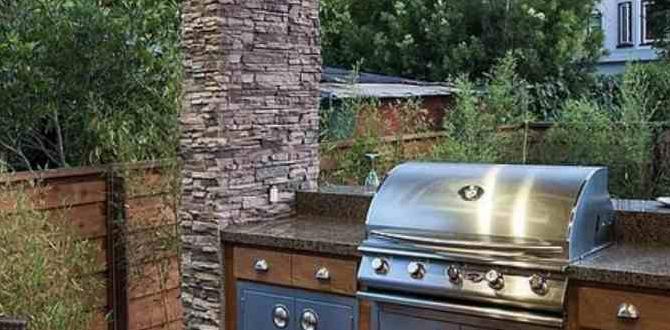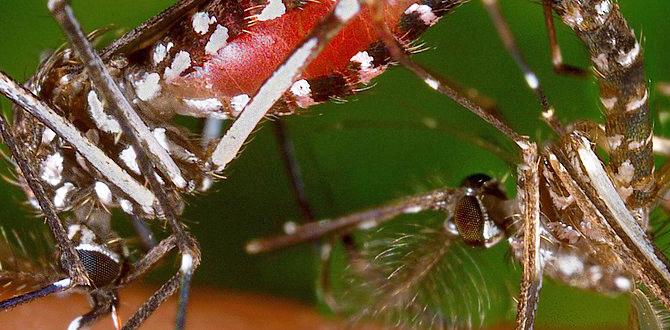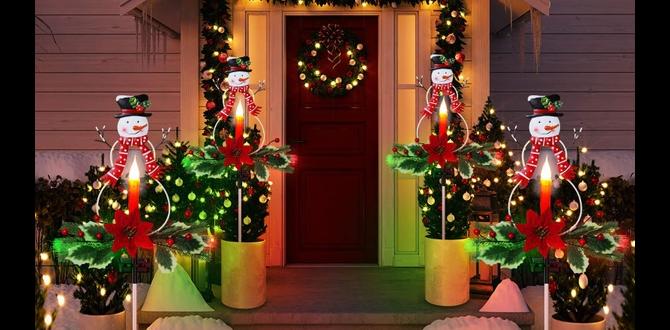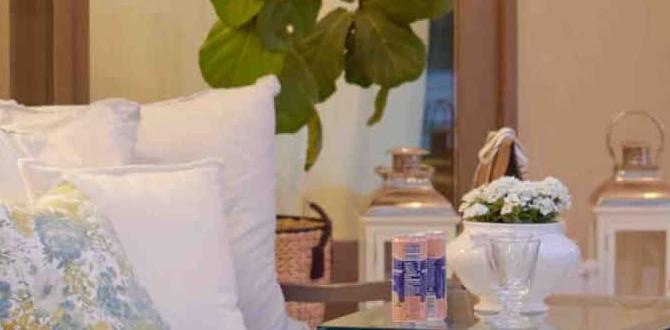Have you ever walked through a garden and noticed the bright red mulch? It can look so beautiful, but have you ever wondered, is red mulch safe for vegetable gardens? Many people ask this question. They want to know if that colorful layer helps or harms their plants.
Imagine growing fresh tomatoes or cucumbers surrounded by vibrant red mulch. It adds a pop of color, but what about the safety of your veggies? Not all mulches are the same. Some could even contain harmful dyes or chemicals.
Fun fact: Mulch can help keep soil moist and reduce weeds. However, is red mulch the best choice? Let’s dive into the details and discover what you need to know before adding this striking option to your vegetable garden!
Is Red Mulch Safe For Vegetable Gardens? Explore The Facts! Red Mulch Is A Popular Choice Among Gardeners For Its Aesthetic Appeal And Ability To Retain Soil Moisture. However, When It Comes To Vegetable Gardens, Many People Wonder: Is Red Mulch Safe For Vegetable Gardens? This Article Will Delve Into The Safety, Benefits, And Potential Concerns Of Using Red Mulch In Your Vegetable Patch. The Composition Of Red Mulch Red Mulch Is Often Made From Shredded Hardwood Dyed With Red Pigments. This Dye Can Be Natural Or Synthetic, Raising Questions About Its Impact On Soil Health, Plant Growth, And Food Safety. It’S Essential To Choose High-Quality Mulch That Is Free From Harmful Chemicals To Minimize Any Risks To Your Vegetable Garden. Benefits Of Using Red Mulch In Vegetable Gardens 1. **Soil Temperature Regulation**: Red Mulch Can Help Regulate Soil Temperature, Keeping It Warmer During Cooler Months, Which Is Beneficial For Vegetable Growth. 2. **Moisture Retention**: It Retains Moisture In The Soil, Reducing The Need For Frequent Watering And Helping Your Vegetables Thrive. 3. **Weed Suppression**: A Thicker Layer Of Mulch Can Suppress Weed Growth, Allowing Vegetable Plants To Receive More Nutrients And Sunlight Without Competition. 4. **Visual Appeal**: The Vibrant Color Can Enhance The Overall Appearance Of Your Garden, Making It More Inviting And Visually Pleasing. Potential Concerns About Red Mulch 1. **Chemical Dyes**: The Primary Concern About Red Mulch Is The Dye Used To Achieve Its Color. Some Synthetic Dyes May Leach Into The Soil And Affect The Plants And Surrounding Ecosystem. Always Choose Mulch From Reputable Sources That Use Safe, Non-Toxic Dyes. 2. **Pest Attraction**: Certain Types Of Colored Mulches May Attract Specific Pests. Monitor Your Garden Closely For Any Changes In Pest Activity. 3. **Soil Ph Changes**: Continuous Use Of Any Mulch Can Impact The Soil Ph Over Time. Conducting Periodic Soil Tests Can Help Maintain The Ideal Conditions For Vegetable Growth. Best Practices For Using Red Mulch In Vegetable Gardens To Maximize The Benefits While Minimizing Potential Risks, Consider The Following Best Practices: – **Use A Quality Product**: Ensure The Red Mulch You Purchase Is Made From Natural Materials And Dyed With Non-Toxic Substances. – **Apply Correctly**: Aim For A Layer Of About 2-3 Inches Of Mulch, Allowing For Proper Moisture Retention Without Hindering Air Circulation. – **Monitor Plant Health**: Regularly Check For Any Signs Of Distress In Your Vegetable Plants, And Adjust Your Garden Care Routine As Necessary. Conclusion So, Is Red Mulch Safe For Vegetable Gardens? When Used Responsibly And Selected Wisely, It Can Provide Numerous Benefits Without Significant Risks. By Choosing High-Quality Mulch And Following Best Practices, You Can Enhance The Health And Productivity Of Your Vegetable Garden While Enjoying The Aesthetic Qualities Of Red Mulch.
Is Red Mulch Safe for Vegetable Gardens?
Many gardeners wonder if red mulch is safe for their vegetable gardens. The vibrant color can be eye-catching, but what about its safety? Most red mulch is made from dyed wood chips. If the dyes are non-toxic, it can be safe. However, some dyes may contain chemicals that could harm plants. Always choose high-quality mulch from trusted sources. This choice helps ensure your veggies grow healthy and strong. Did you know that mulch can also help control weeds?Understanding Red Mulch
Definition and types of red mulch available. Common materials used in red mulch production.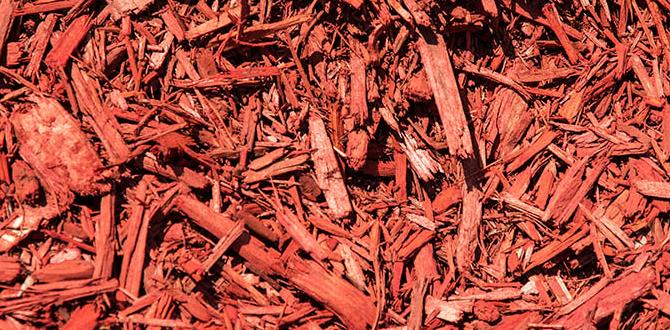
Many gardeners use red mulch to make their plants stand out. It’s like giving your garden a bright red hat! There are different types of red mulch, mainly made from wood chips, shredded bark, or rubber. Some folks even use dyed mulch, giving a splash of color. Each type has its own benefits, whether it’s keeping moisture in or adding style. This colorful addition can help your veggies grow better—so it’s not just pretty; it’s practical too!
| Type of Red Mulch | Materials Used |
|---|---|
| Wood Chips | Natural wood varieties |
| Shredded Bark | Bark from various trees |
| Rubber Mulch | Recycled rubber products |
| Dyed Mulch | Wood chips dyed with color |
Benefits of Using Mulch in Vegetable Gardens
Soil moisture retention and temperature regulation. Weed suppression and improved aesthetics.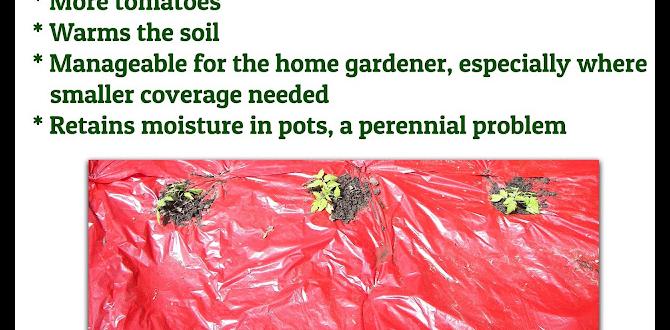
Using mulch in vegetable gardens offers many benefits. It helps keep the soil moist and protects it from heat. This means plants can grow better. Mulch also stops weeds from growing, making gardening easier. Plus, it looks nice! Here’s how mulch can help:
- Soil moisture retention: Keeps water in the soil for longer.
- Temperature regulation: Keeps soil warm in cooler months and cooler in hot months.
- Weed suppression: Blocks sunlight, making it hard for weeds to grow.
- Improved aesthetics: Adds color and beauty to your garden.
Is red mulch safe for vegetable gardens?
Yes, red mulch is safe for vegetable gardens. It can help with plant growth and keep weeds away.
Potential Risks of Red Mulch
Chemical treatments and dyes used in red mulch. Effects of mulch on soil health and plant growth.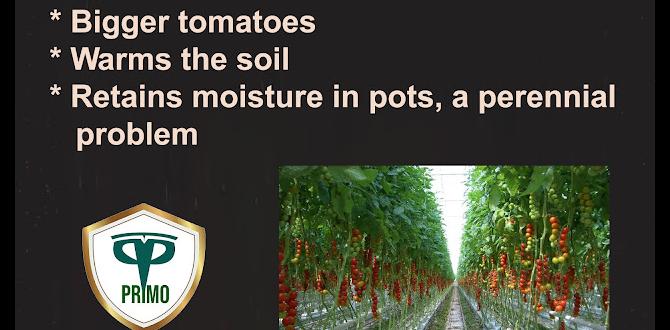
Using red mulch can have some potential risks. Many red mulches contain chemical treatments and dyes. These could harm the soil and plants. If the mulch isn’t natural, it might leach harmful substances into the ground. This can hurt the growth of your vegetables. A few effects of red mulch include:
- Chemicals may kill beneficial soil microorganisms.
- Dyes can create imbalances in soil nutrients.
- Some plants may react poorly to certain dyes, affecting their health.
It’s wise to choose a safe option for your garden.
Is red mulch safe for vegetable gardens?
No, red mulch can pose risks due to chemicals and dyes that may affect soil health. Choose natural options for safety.
Evaluating the Safety of Red Mulch
Testing mulch for chemicals and contaminants. Recommendations from agricultural experts.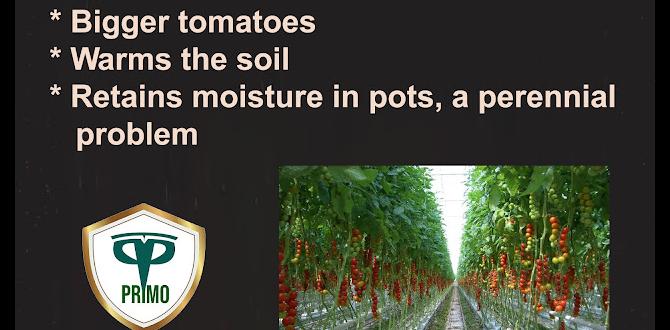
Testing mulch for harmful chemicals is important before using it in gardens. Experts suggest checking the mulch for any contaminants. This can keep your plants safe and healthy. Conduct simple tests at home or contact a lab for help. Here are some tips from agricultural specialists:
- Check for color and smell. Bright red or strong odors may indicate harmful dyes or additives.
- Trust certified products. Look for mulch marked as safe for food gardens.
- Ask local agricultural extensions. They can recommend safe options for your area.
Alternatives to Red Mulch
Other natural mulching options for vegetable gardens. Comparison of benefits and drawbacks of different mulch types.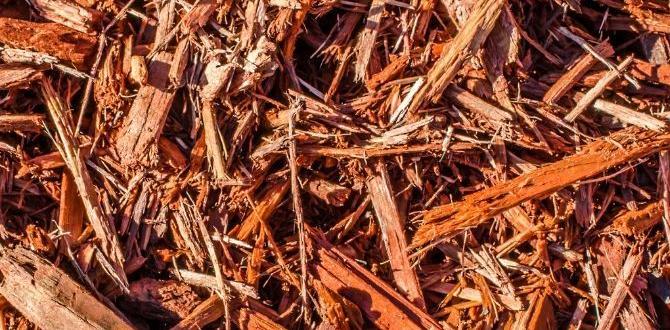
If red mulch seems suspicious for your veggie patch, fear not! There are plenty of alternatives. Straw is cheap and great for keeping moisture in. Wood chips look nice but may take time to break down. And let’s not forget about leaves; they are free and abundant like that one friend who always shows up to potlucks! The catch? They can blow away in a gusty breeze. Here’s a quick comparison of some mulch types for your garden:
| Type of Mulch | Benefits | Drawbacks |
|---|---|---|
| Straw | Moisture retention | May attract rodents |
| Wood Chips | Looks great | Takes time to decompose |
| Leaves | Free and plentiful | Can blow away easily |
Each option has its pros and cons, but they can all help your vegetable garden grow. Choose your mulch wisely, and your plants will thank you—even if they can’t actually say it!
Best Practices for Using Mulch in Vegetable Gardens
Application techniques and optimal thickness. Timing and considerations for mulch placement.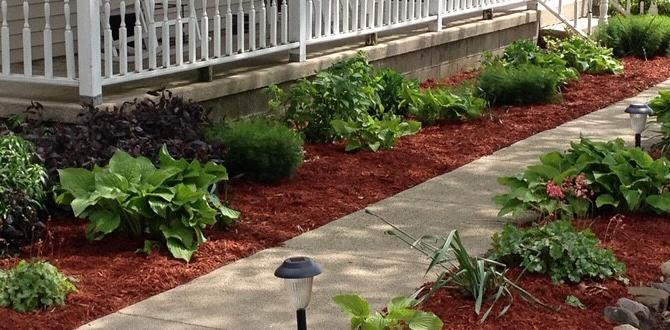
Using mulch in vegetable gardens can be a game-changer. First, apply mulch at a thickness of about 2 to 3 inches. This helps retain moisture and keep pesky weeds away. Timing is crucial too; adding mulch in spring can provide your plants with a cozy blanket as they wake from their winter nap. Remember, mulch too close to the plants can lead to rot. So, give your veggies some breathing room!
| Best Practices | Details |
|---|---|
| Application Techniques | Use 2-3 inches of mulch. |
| Timing | Apply in spring for best results. |
| Considerations | Avoid piling mulch against plant stems. |
Case Studies and Experiences from Gardeners
Examples of successful vegetable gardens using red mulch. Common challenges faced by gardeners using red mulch.
Many gardeners have tried red mulch and shared their stories. For instance, one home gardener in Texas grew tomatoes that were as big as basketballs! Others found that red mulch helped keep weeds at bay. However, some faced challenges too. They noticed that red mulch can heat the soil more than other types. This sometimes stressed young plants. Despite this, with proper care, using red mulch can be safe and beneficial.
| Success Stories | Challenges Faced |
|---|---|
| Tomatoes grew larger than expected! | Soil temperature can rise too high. |
| Fewer weeds to pull. | Some plants showed stress signs. |
| Attracts beneficial insects. | Color fade over time can occur. |
Final Thoughts on Red Mulch and Vegetable Gardens
Summary of safety recommendations. Encouragement for gardeners to assess individual needs and conditions.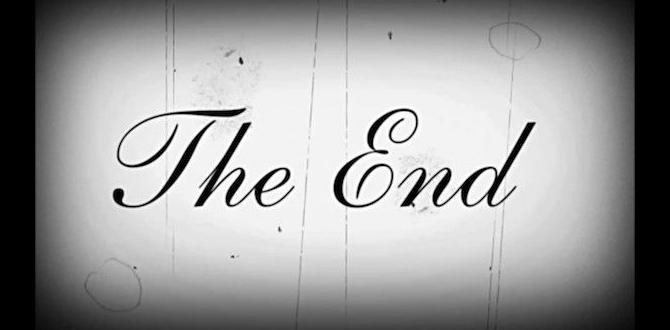
It’s important to know how to use red mulch safely in your veggie garden. Always look for non-toxic mulch options. Check for any added chemicals or dyes. Ask about local conditions and choose what works best for your plants. Remember, every garden is different! Here are some quick tips:
- Test soil before using mulch.
- Choose natural options for safety.
- Monitor plants for any signs of issues.
Is red mulch safe for vegetables?
Yes, but only if it’s chemical-free. Always check the label or ask!
Conclusion
In conclusion, red mulch can be safe for vegetable gardens if it’s made from natural materials. Always check for chemical treatments. Mulch helps keep plants healthy by retaining moisture and suppressing weeds. We should choose mulch wisely to protect our veggies. For more tips on garden safety, we can explore further resources or ask gardening experts. Happy gardening!FAQs
Here Are Five Related Questions On The Topic Of Red Mulch And Its Safety For Vegetable Gardens:Red mulch can be safe for your vegetable garden. It helps keep the soil moist and prevents weeds. Some people worry about chemicals in red mulch. However, if you choose natural mulch, like shredded bark, you’ll be safer. Always ask questions and check what’s in the mulch before using it!
Sure! Please share the question you’d like me to answer, and I’ll help you out.
What Are The Potential Health Concerns Associated With Using Red Mulch In Vegetable Gardens?Using red mulch in vegetable gardens can be risky. Some red mulches contain harmful chemicals. These could get into your vegetables and make you sick. It’s best to check where your mulch comes from. You want to keep your garden safe and healthy!
How Does Colored Mulch, Specifically Red Mulch, Impact Soil Quality And Plant Growth?Red mulch can help your plants grow better. It traps moisture, so the soil stays damp. It also keeps weeds away, which lets your plants have more space. Plus, red mulch can make your garden look pretty!
Are There Specific Types Of Dyes Or Chemicals Used In Red Mulch That Could Affect Vegetable Crops?Yes, some red mulches use dyes made from chemicals. These dyes can come from things like coal or natural sources. If you use this mulch around your vegetable plants, it might not be good for them. Always check what the mulch is made of before using it in your garden. It’s best to stick with safe options!
Can Red Mulch Attract Harmful Pests Or Diseases In A Vegetable Garden?Red mulch can sometimes bring pests and diseases to your garden. Certain bugs might like hiding in it. We should check our mulch for any problems before using it. It’s also smart to change the mulch each year to keep our plants healthy. Always watch your plants for signs of trouble!
What Are Some Safer Alternatives To Red Mulch For Those Wanting To Maintain Aesthetics In Their Vegetable Gardens?If you want a beautiful garden without using red mulch, try using wood chips instead. They look nice and help keep plants healthy. Pine needles are another good choice; they are soft and pretty. You can also use straw, which adds color and breaks down into good soil. These options are safe for your vegetables and still look great!
{“@context”:”https://schema.org”,”@type”: “FAQPage”,”mainEntity”:[{“@type”: “Question”,”name”: “Here Are Five Related Questions On The Topic Of Red Mulch And Its Safety For Vegetable Gardens:”,”acceptedAnswer”: {“@type”: “Answer”,”text”: “Red mulch can be safe for your vegetable garden. It helps keep the soil moist and prevents weeds. Some people worry about chemicals in red mulch. However, if you choose natural mulch, like shredded bark, you’ll be safer. Always ask questions and check what’s in the mulch before using it!”}},{“@type”: “Question”,”name”: “”,”acceptedAnswer”: {“@type”: “Answer”,”text”: “Sure! Please share the question you’d like me to answer, and I’ll help you out.”}},{“@type”: “Question”,”name”: “What Are The Potential Health Concerns Associated With Using Red Mulch In Vegetable Gardens?”,”acceptedAnswer”: {“@type”: “Answer”,”text”: “Using red mulch in vegetable gardens can be risky. Some red mulches contain harmful chemicals. These could get into your vegetables and make you sick. It’s best to check where your mulch comes from. You want to keep your garden safe and healthy!”}},{“@type”: “Question”,”name”: “How Does Colored Mulch, Specifically Red Mulch, Impact Soil Quality And Plant Growth?”,”acceptedAnswer”: {“@type”: “Answer”,”text”: “Red mulch can help your plants grow better. It traps moisture, so the soil stays damp. It also keeps weeds away, which lets your plants have more space. Plus, red mulch can make your garden look pretty!”}},{“@type”: “Question”,”name”: “Are There Specific Types Of Dyes Or Chemicals Used In Red Mulch That Could Affect Vegetable Crops?”,”acceptedAnswer”: {“@type”: “Answer”,”text”: “Yes, some red mulches use dyes made from chemicals. These dyes can come from things like coal or natural sources. If you use this mulch around your vegetable plants, it might not be good for them. Always check what the mulch is made of before using it in your garden. It’s best to stick with safe options!”}},{“@type”: “Question”,”name”: “Can Red Mulch Attract Harmful Pests Or Diseases In A Vegetable Garden?”,”acceptedAnswer”: {“@type”: “Answer”,”text”: “Red mulch can sometimes bring pests and diseases to your garden. Certain bugs might like hiding in it. We should check our mulch for any problems before using it. It’s also smart to change the mulch each year to keep our plants healthy. Always watch your plants for signs of trouble!”}},{“@type”: “Question”,”name”: “What Are Some Safer Alternatives To Red Mulch For Those Wanting To Maintain Aesthetics In Their Vegetable Gardens?”,”acceptedAnswer”: {“@type”: “Answer”,”text”: “If you want a beautiful garden without using red mulch, try using wood chips instead. They look nice and help keep plants healthy. Pine needles are another good choice; they are soft and pretty. You can also use straw, which adds color and breaks down into good soil. These options are safe for your vegetables and still look great!”}}]}

